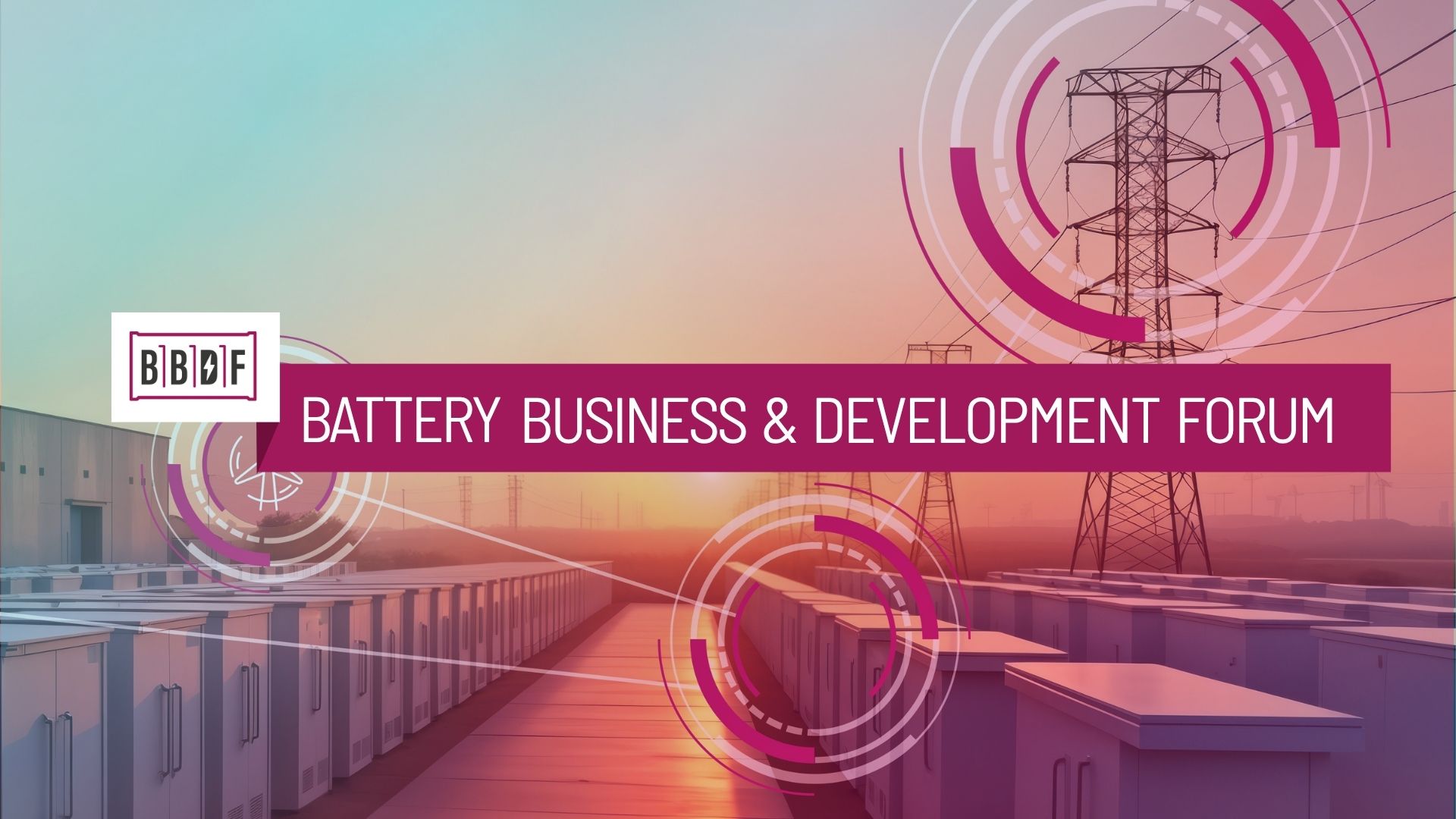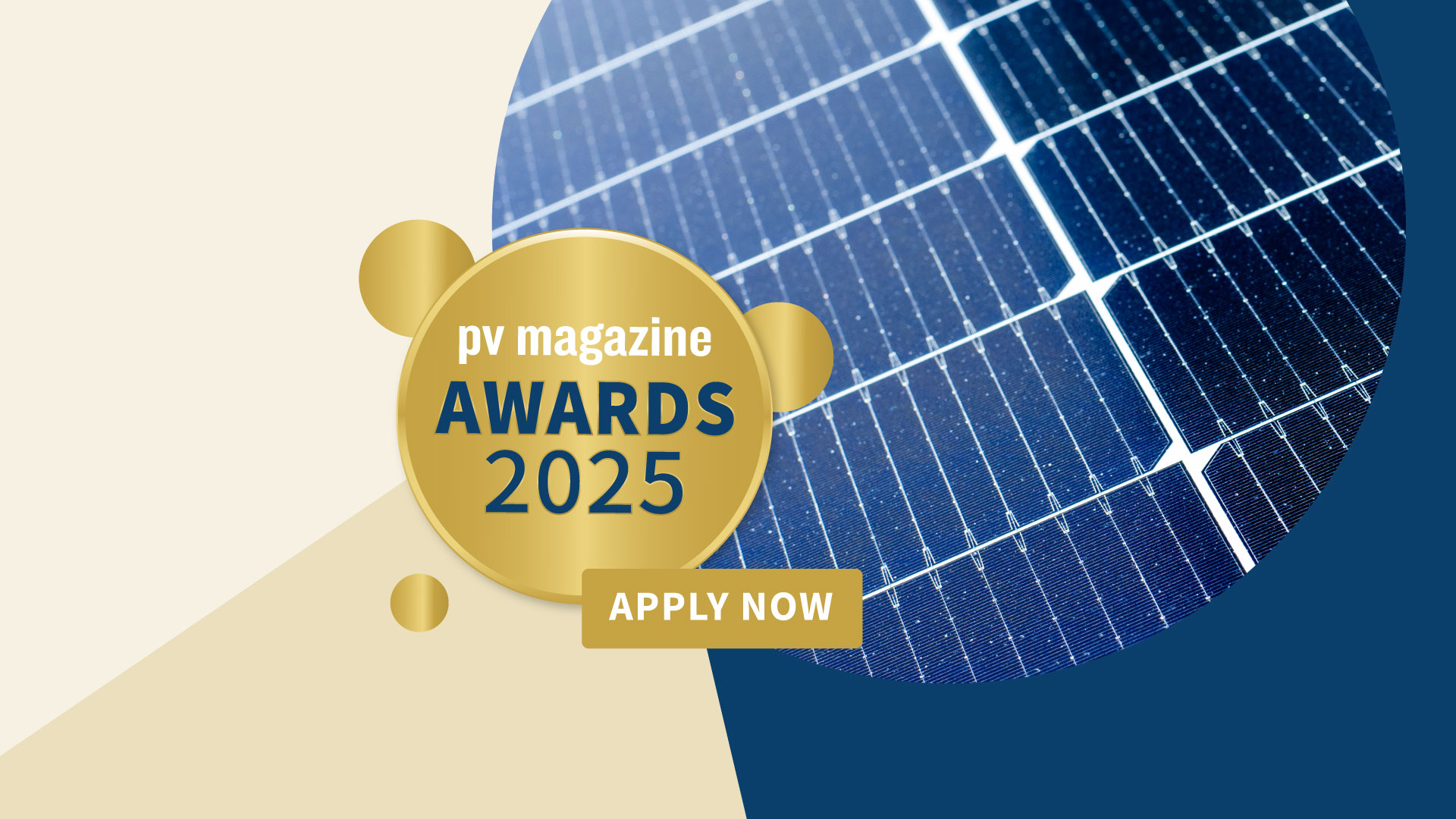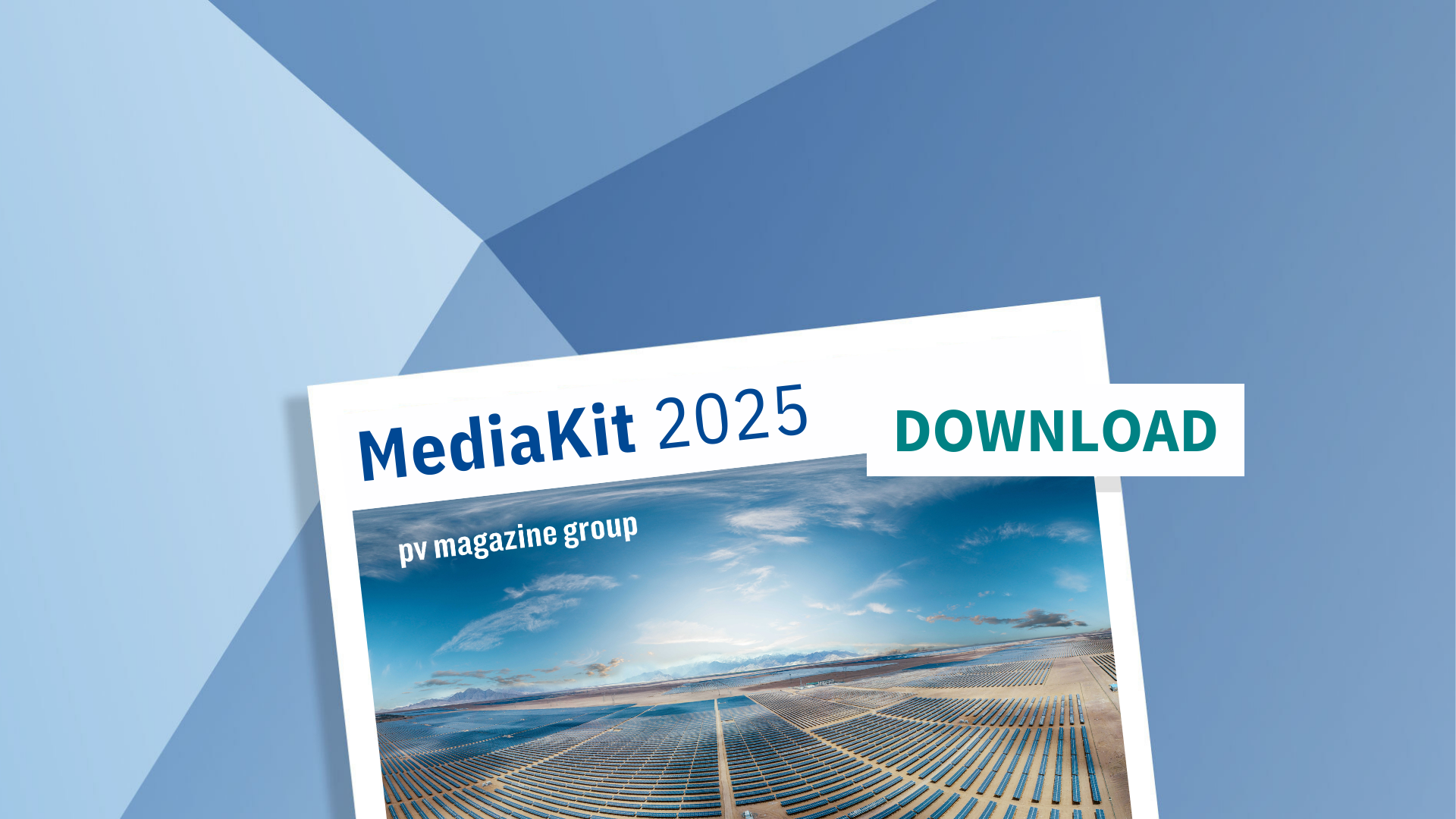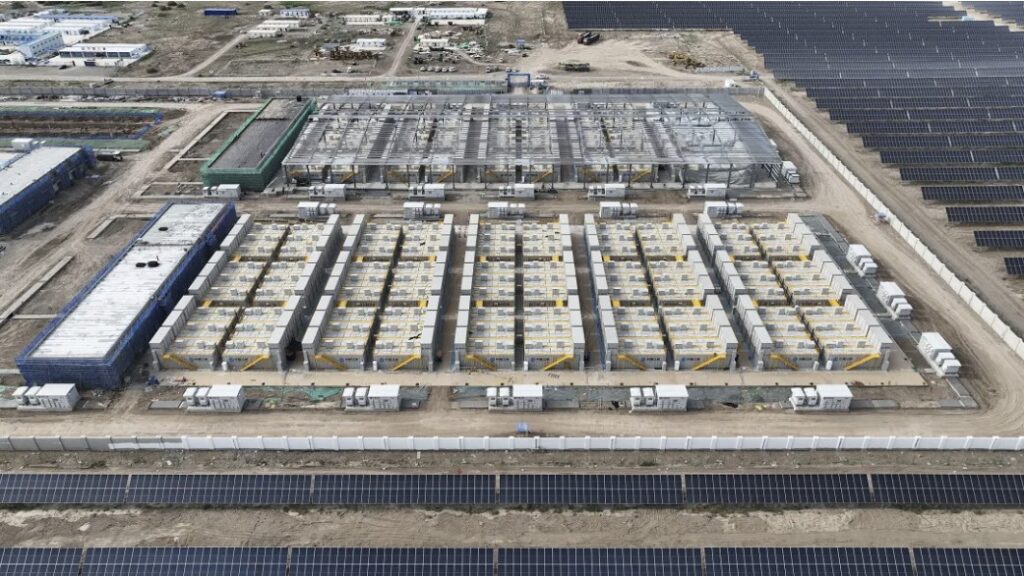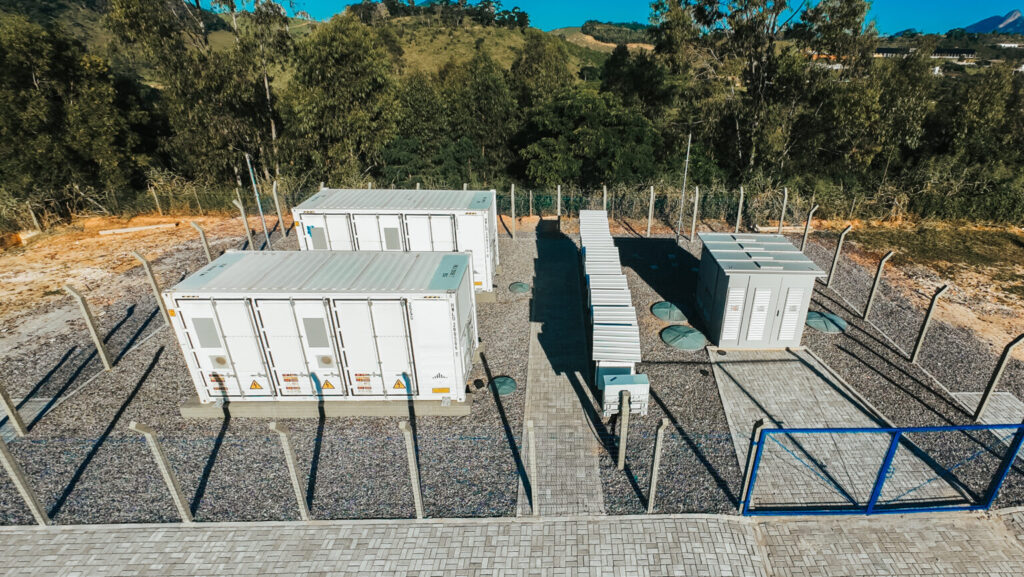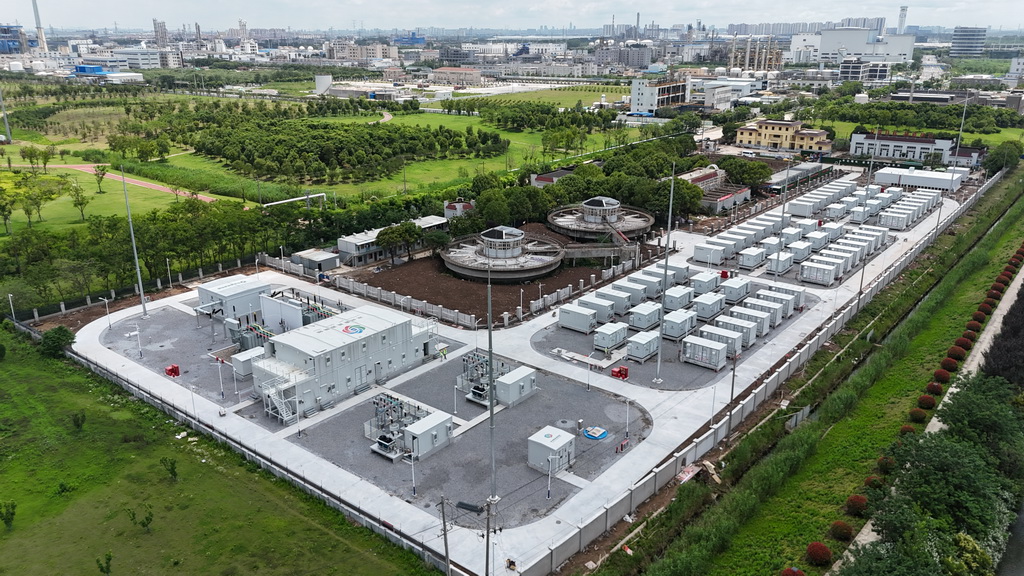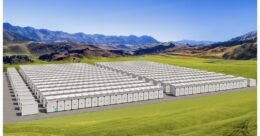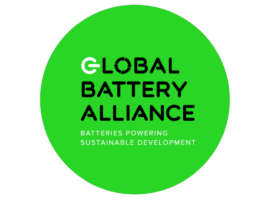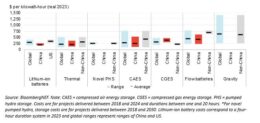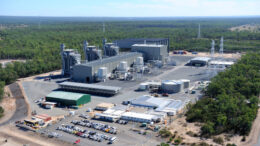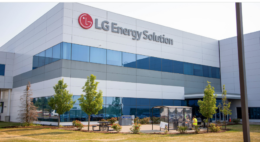Green light for 550 MW of battery storage in Australia

Electricity and gas provider Alinta Energy announced it has secured approval to build a 300 MW battery energy storage system alongside a 100 MW / 200 MWh battery currently under construction at Wagerup in Western Australia (WA).
The Chinese-owned power utility said the battery energy storage system – the duration of which is yet to be confirmed – will enhance system security and stability as WA continues the introduction of intermittent energy sources, such as domestic and utility scale solar, into the grid.
The $500 million (USD 333 million) project is to be built next to Alinta’s existing 380 MW gas and diesel-fired power plant near Alcoa’s alumina refinery and adjacent to Alcoa’s alumina refinery at Wagerup, about 120 kilometres south of Perth in Western Australia’s (WA) southwest.
The Metro Outer Joint Development Assessment Panel’s (DAP) approval of the new battery comes just months after Alinta announced construction had begun on its 100 MW two-hour battery at the site.
The 100 MW project, being delivered by electrical design firm Shanghai Electric Power Design Institute (SEPD) and Australian solar and battery installer Sunterra, is scheduled to be commissioned during the “second half of 2024.”
Alinta Head of Project Development Russell Slaughter said the new 300 MW battery energy storage system will provide quickly dispatchable energy, helping to manage fluctuations in the electricity market and maintain reliability in WA’s South West Interconnected System.
“With the continued increase of intermittent energy sources into the state’s main electricity network, the need for dispatchable energy sources that can react quickly to changes in the electricity market is increasing,” he said.
“Our second battery will support the introduction of more solar and other intermittent renewable energy sources into the existing network by maintaining system security and stability.”
The DAP approval grants Alinta permission to develop the 300 MW battery energy storage system along with associated infrastructure, including transformers, high-voltage cabling, a switch room, control room, internal access roads, and other necessary infrastructure.
The battery will connect to existing high-voltage infrastructure at the Wagerup power station and is expected to be completed by October 2027.
Alinta’s announcement comes the WA and federal governments opened registrations for the first Capacity Investment Scheme tender for the state. The tender aims to deliver 500 MW of four-hour equivalent, or 2,000 MWh, of dispatchable capacity projects in the Western Australian Wholesale Electricity Market (WEM).
This is the first in a series of tenders to be held approximately every 12 months until 2027 that are expected to deliver 2.3 GW of new solar and wind generation and 1.1 GW of four-hour equivalent dispatchable capacity in the WEM by 2030.
Canberra big battery
The Australian Capital Territory (ACT) government has announced the development application has been approved to deliver the first stream of the 250 MW / 500 MWh Big Canberra Battery project that is to support the ongoing rollout of large-scale renewables and rooftop solar.
The territory government said the two-hour capacity battery, to be deployed at Williamsdale on the ACT’s southeast border, will form part of a planned network of batteries that will be built throughout the city to form an energy storage ecosystem that can be coordinated and orchestrated to meet the needs of the grid.
The government said the big battery project will be capable of responding rapidly to network constraints and will be able to store enough renewable energy to power one-third of Canberra for two hours during peak demand periods.
The Williamsdale battery will be developed, built and operated by Macquarie Group offshoot Eku Energy.
The battery will be operated under a financing deal that will see the ACT government receive a share of the revenue from the merchant operations of the battery in the National Electricity Market while the territory will provide Eku with fixed quarterly payments over 15 years.
Construction is due to start later this year with completion expected in 2025.
“The approval of the development application is an important milestone as we move towards construction commencement in 2024,” Eku Chief Executive Officer Dan Burrows said.
“This battery will provide safe, secure and reliable energy to Canberrans and we are thrilled to be supporting the ACT government’s commitment towards achieving net zero emissions in the territory by 2045.”
The ACT government said in addition to the Williamsdale facility, it has also finalised the installation of batteries at nine government sites across the city as part of the second stream of the big battery project. Another two batteries are to be installed at other government sites in early 2025.
“The batteries capture energy generated from rooftop solar panels which will help power the sites and will reduce government spend on electricity, benefitting the broader network during peak electricity consumption times,” the government said.
In addition to these systems, three neighbourhood batteries will be installed in Canberra suburbs as part of the Commonwealth government’s Community Batteries for Household Solar Program.
The Williamsdale battery is among a growing portfolio for Eku which was established in late 2022 and now has a presence here, in the United Kingdom, Japan and Italy.
Burrows said the project represents a significant milestone for Eku as it marks the company’s “first GWh of projects in delivery in Australia.”
Among its Australian projects are the 150 MW / 150 MWh Hazelwood battery that was developed in conjunction with French energy giant Engie, and the 200 MW / 400 MWh Rangebank battery being constructed in collaboration with international energy major Shell. Both are in Victoria.


